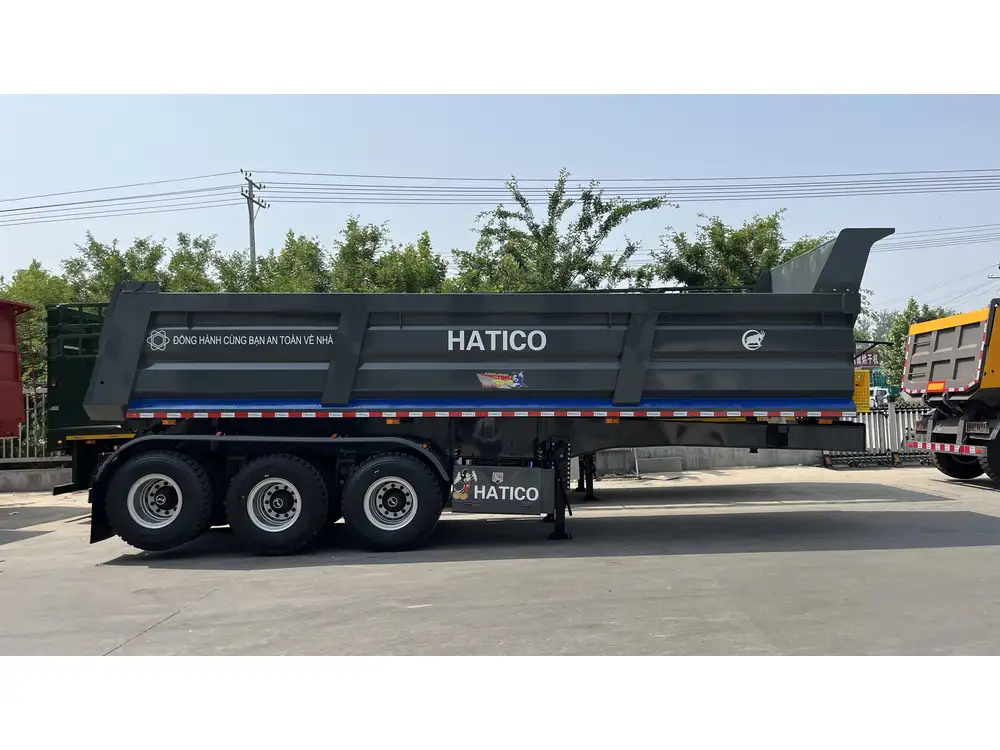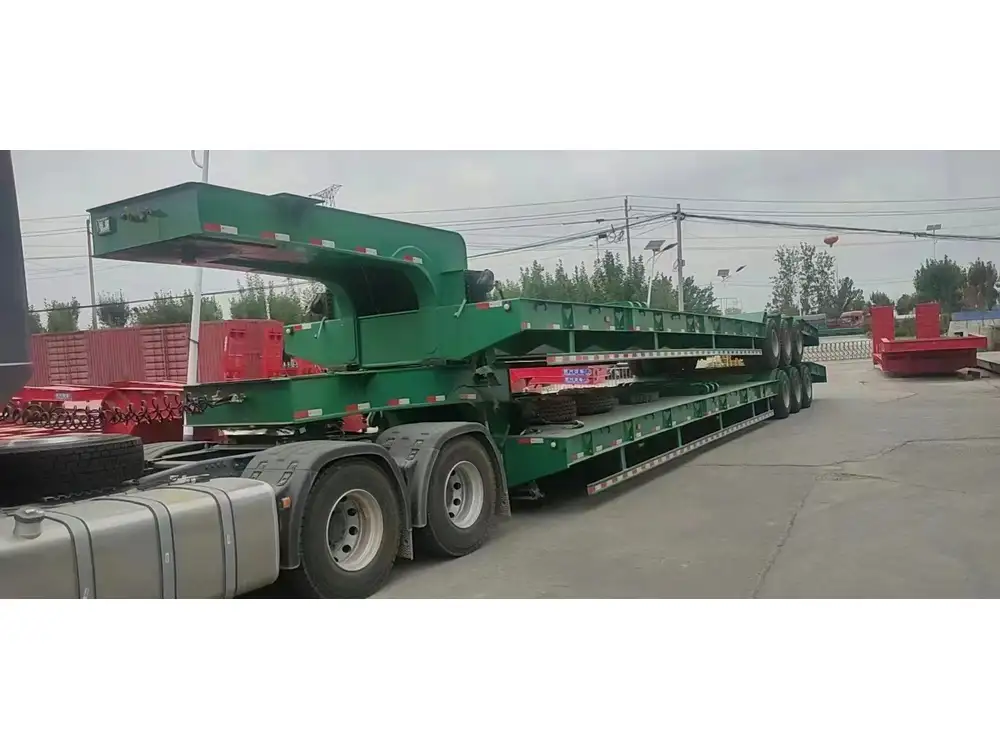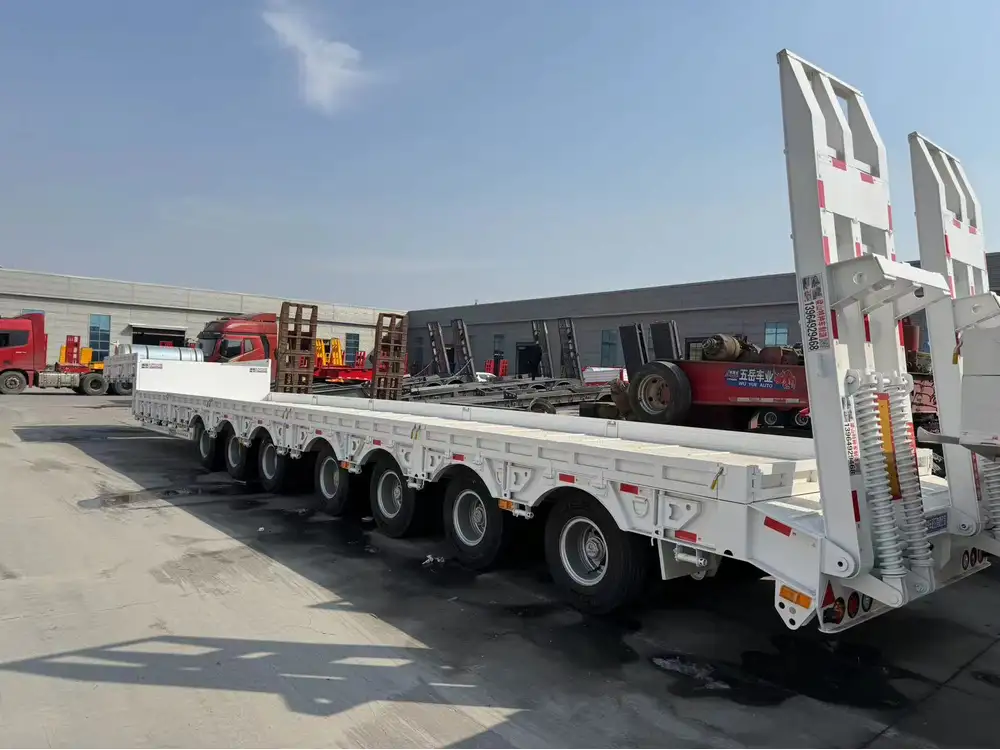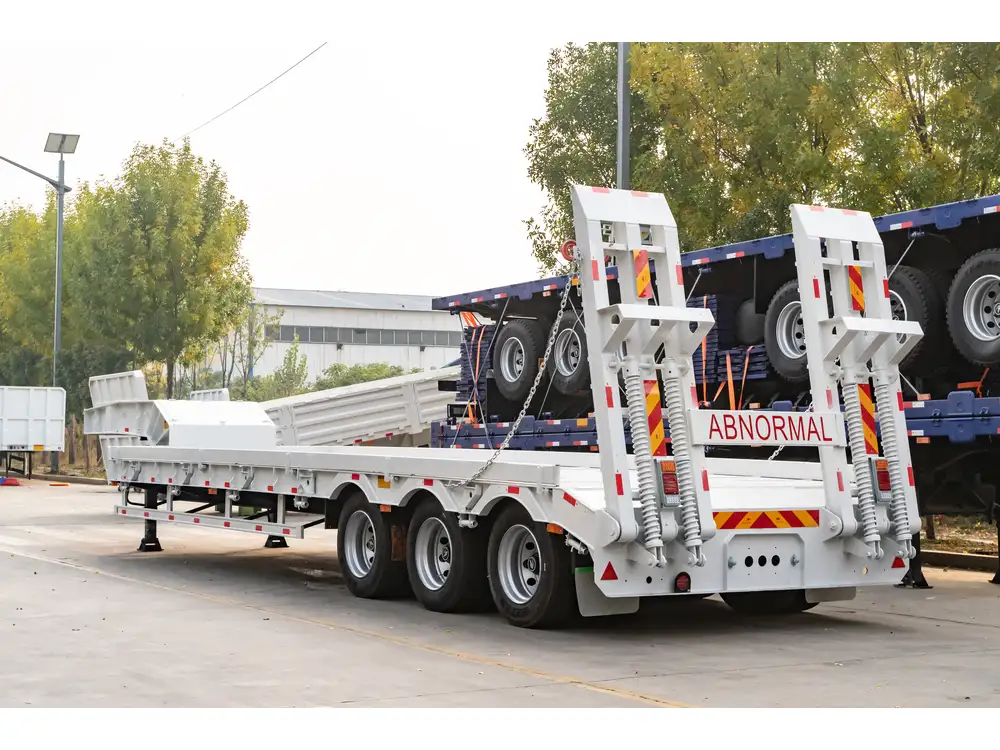In the realm of transportation, particularly in the logistics and freight industry, the design and specification of semi-trailers play a pivotal role in ensuring safety, efficiency, and performance. One prominent feature that stands out when discussing semi-trailers is the inclusion of dual wheels. Understanding what having dual wheels on a semi-trailer prevents, not only informs about their utility but also highlights their significance in real-world applications.
Understanding Dual Wheels on Semi-Trailers
What Are Dual Wheels?
Dual wheels, often referenced as twin wheels, are two tires mounted on each side of an axle. This design is commonly seen in heavy-duty vehicles, including semi-trailers, where the weight distribution and traction are crucial for optimal performance.

Key Components of Dual Wheels
| Component | Description |
|---|---|
| Tires | The rubber components that make contact with the road, providing traction. |
| Rims | The metal circular components that hold the tires in place. |
| Axles | The shafts that connect the wheels and allow them to rotate. |
| Brake System | Essential for effective stopping power, especially under heavy loads. |
Benefits of Dual Wheels on Semi-Trailers
Enhanced Load Distribution

Preventing Overload Damage
One of the primary functions of dual wheels is their ability to evenly distribute the weight across the trailer. This load distribution significantly reduces the risk of tire blowouts and axle failures due to overload, especially when carrying heavy cargo.
- Calculate the load capacity: With dual wheels, the load capacity of a semi-trailer increases by nearly 30% compared to single-wheel setups.
- Minimize Weight Concentration: By allowing more tires to share the load, the pressure on each tire decreases, which helps maintain tire integrity.
Improved Traction and Stability
Maximizing Contact with the Road
With multiple tires in contact with the roadway, there is a substantial increase in the traction capabilities of the vehicle.
- Superior Grip: Dual wheels offer improved grip, particularly in adverse weather conditions such as rain, snow, or mud.
- Increased Stability: The wider stance provided by dual wheels enhances the vehicle’s stability during sharp turns and lane changes, reducing the likelihood of rollovers.

Examples of Traction Performance
| Weather Condition | Single Wheel Traction | Dual Wheel Traction |
|---|---|---|
| Dry | Moderate | High |
| Wet | Low | Moderate |
| Snow | Very Low | Moderate to High |
Enhanced Safety Measures
Preventing Skidding and Sliding
When operating a large semi-trailer, safety is paramount. Dual wheels mitigate the risk of skidding and sliding, a common hazard encountered during emergency maneuvers.
- Secure Braking Performance: Dual wheels allow for more effective braking systems, thereby enhancing safety during sudden stops.
- Reduction in Hydroplaning Risks: More tires in contact with the road surface help prevent hydroplaning, an occurrence where tires lose traction due to excessive water on the roadway.

Reduced Tire Wear and Tear
Longevity and Cost Efficiency
Dual wheels can significantly extend the lifespan of tires utilized on semi-trailers.
- Even Wear Distribution: The presence of dual wheels allows for better wear distribution across all tires, leading to a longer operational life.
- Cost Efficiency: Although the initial investment may be higher, the reduction in tire replacements and the extended lifespan result in lower overall maintenance costs.
Maintenance Considerations
| Maintenance Task | Recommended Frequency |
|---|---|
| Tire Pressure Checks | Weekly |
| Tread Depth Inspections | Monthly |
| Alignment Checks | Every 6 months |
| Brake System Inspections | Before long trips |

What Dual Wheels Prevent
Hazardous Situations and Failures
With dual wheels, several potential failures and hazards can be effectively prevented, enhancing both safety and operational reliability:
- Tire Blowouts: As noted earlier, dual wheels reduce the risk of tire blowouts under heavy loads.
- Axle Failures: Even weight distribution helps prevent premature wear and damage to axles.
- Rollover Incidents: The enhanced stability and traction from dual wheels reduce the likelihood of rollovers during sharp maneuvers.
Statistical Insights on Failures Prevented
| Hazard Type | Prevention Rate with Dual Wheels | Prevention Rate with Single Wheels |
|---|---|---|
| Tire Blowouts | 70% | 30% |
| Axle Failures | 60% | 25% |
| Rollover Incidents | 50% | 15% |

Compliance and Legal Considerations
Understanding Regulations
The transportation industry is regulated by strict guidelines concerning vehicle safety and performance. Having dual wheels can assist in meeting these regulations effectively.
- Weight Limit Compliance: Dual wheels support compliance with federal and state weight limits, which helps avoid legal penalties and enhances operational efficiency.
- Road Safety Regulations: Many jurisdictions mandate specific tire configurations for heavy vehicles to enhance safety; dual wheels often exceed these requirements.
Summary of Legal Compliance
| Regulation Type | Compliance Importance |
|---|---|
| Weight Limits | Prevent fines and enhance operational limits |
| Safety Standards | Ensure vehicles are legally fit for use |
| Equipment Specifications | Meet manufacturer and regulatory guidelines |

Conclusion
In conclusion, the incorporation of dual wheels on semi-trailers is a strategic imperative that yields numerous benefits ranging from enhanced safety to increased operational efficiency. By preventing tire blowouts, axle failures, and rollover incidents, dual wheels stand as a robust solution for manufacturers and operators alike.
Understanding the multifaceted advantages of dual wheels equips stakeholders in the transportation industry with essential knowledge for making informed decisions regarding their fleet. Providing a stable platform, reducing wear and tear on tires, and complying with legal standards encourages the longevity and reliability of semi-trailers—essential aspects that contribute to the overall efficiency of logistics and transport operations.
Investing in dual wheel technology is not merely about contemporary requirements; it is an integral part of future-proofing investments in the transport sector. Engaging with this technology will not only enhance performance but also ensure adherence to safety and environmental standards, ultimately leading to sustainable and responsible operations.
If you’re seeking to optimize your fleet’s performance, consider the myriad advantages of dual wheels on your semi-trailers today.



